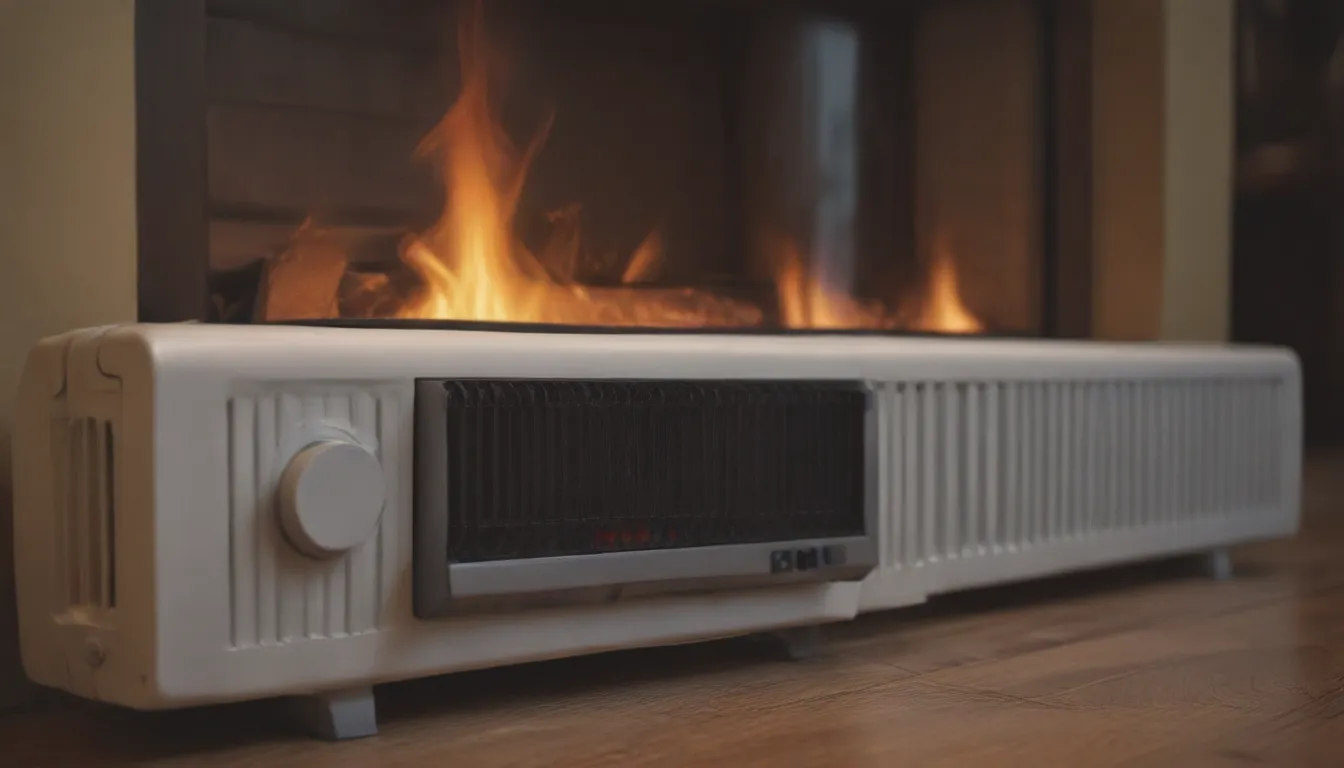A Comprehensive Guide to Home Heating Systems

Welcome to our in-depth guide to home heating systems! If you’re in the market for a new heating system or just looking to learn more about the options available to you, you’ve come to the right place. In this article, we’ll cover everything you need to know about 10 different types of home heating systems, along with the pros and cons of each. Whether you’re looking for a system that’s energy-efficient, cost-effective, or low-maintenance, we’ve got you covered.
What Is HVAC?
Before we dive into the different types of home heating systems, let’s start by understanding what HVAC actually means. HVAC stands for heating, ventilation, and air conditioning, and it refers to the overall climate control system within a home. Heating systems use a variety of fuel sources, including natural gas, propane, fuel oil, biofuel, solar, and electricity, to warm the interior of a home. No matter what kind of HVAC system you have, the goal is the same: to keep your home comfortable year-round.
Now, let’s explore 10 different types of home heating systems and help you choose the best one for your home:
1. Forced Air Heating/Cooling Systems
- Best for: By far the most common HVAC system in modern North American homes.
- Fuel sources: Natural gas, liquid propane, fuel oil, or electricity.
- Distribution: Air that is warmed by the furnace’s burner or the heating element is distributed through a network of ducts.
- Pros: Highest AFUE ratings, combines cooling with heating capability, requires ductwork and space in walls.
- Cons: Can create dry, allergen-prone air, heats the air rather than objects in a room.
2. Gravity Air Furnace Systems
- Best for: A precursor to forced air systems.
- Fuel source: Natural gas, liquid propane, or fuel oil.
- Distribution: Conditioned air is circulated through a network of metal ducts.
- Pros: No moving parts, requires little maintenance.
- Cons: Slow to adjust temperature, less energy-efficient than newer furnaces.
3. In-Floor Radiant Heating Systems
- Best for: Evenly distributed heat that heats objects and materials.
- Fuel sources: Hot water systems heated by a central boiler.
- Distribution: In-floor systems are usually distributed by hot water flowing through plastic tubing.
- Pros: Comfortable, energy-efficient, maintains consistent heat.
- Cons: Slow to heat up, expensive to install, maintenance of hidden piping can be difficult.
4. Traditional Boiler and Radiator Systems
- Best for: Older homes and apartment buildings.
- Fuel sources: Natural gas, liquid propane, fuel oil, or electricity.
- Distribution: Heat is produced by steam or hot water circulating through metal pipes to radiators.
- Pros: Less dry than forced air systems, energy-efficient with new boilers.
- Cons: Radiators may limit furniture placement, cannot be combined with air conditioning.
5. Hot Water Baseboard Radiator
- Best for: Another modern form of radiant heat.
- Fuel sources: Natural gas, liquid propane, fuel oil, or electricity.
- Distribution: Hot water is heated by a boiler and piped to baseboard units mounted along walls.
- Pros: Excellent energy efficiency, requires little maintenance.
- Cons: Slow to heat up, cannot be combined with air conditioning.
6. Heat Pump Heating Systems
- Best for: Heat pump technology that extracts heat from the air.
- Fuel sources: Electricity or natural gas.
- Distribution: Heat is provided by wall-mounted units that blow air across evaporator coils.
- Pros: Energy-efficient, precise temperature control, best suited for mild climates.
- Cons: Distribution of hot or cold air is limited, each unit must be controlled individually.
7. Electric Resistance Heating Systems
- Best for: Supplemental heating in finished basements and seasonal rooms.
- Fuel sources: Plugged into the home’s electrical circuits.
- Distribution: Baseboard heaters use natural convection to circulate heat throughout the room.
- Pros: Versatile, silent operation, no ductwork needed.
- Cons: Expensive to operate, uses a lot of electricity, can contribute to air pollution.
8. Hybrid Heat Systems
- Best for: Combines an electric heat pump and a gas furnace.
- Fuel sources: Electricity and gas.
- Distribution: Heat is distributed through the home’s ductwork.
- Pros: More efficient without stressing either part of the system, automatically kicks starts furnace in colder weather.
- Cons: Requires maintenance for two systems, installation costs may be higher.
9. Ductless Mini-Split Systems
- Best for: Mini-split, or ductless, systems with an outdoor compressor unit.
- Fuel sources: Operates on electricity.
- Distribution: An outdoor condenser component captures and releases heat to indoor units.
- Pros: Does not require ductwork, convenient placement, energy-efficient.
- Cons: Costly to install, not an option for renters, must be sized and installed by a professional.
10. Wood Heating Systems
- Best for: Homes looking for an economical heating source.
- Fuel sources: Wooden stoves, pellet stoves, outdoor wood boilers, and masonry stoves.
- Distribution: Cleaner burning technologies available.
- Pros: Traditional wood-burning stoves provide heat in emergencies, durable and long-lasting.
- Cons: Possible fire hazards if not used correctly, limited heat circulation.
Choosing the Right Home Heating System
When it comes to selecting a home heating system, there are many factors to consider. You’ll want to weigh the pros and cons of each type of system, as well as your specific needs and climate conditions. Whether you’re looking for an energy-efficient option, a cost-effective solution, or a low-maintenance system, there’s a home heating system out there for you.
In most cases, it’s a good idea to consult with a professional HVAC technician to help you determine the best heating system for your home. They can assess your home’s size, layout, and regional climate to recommend the most suitable option for you. Remember, the right heating system can keep you comfortable and cozy all year long!
By exploring these 10 different types of home heating systems, you can make an informed decision about the best option for your home. Whether you’re looking for something energy-efficient, cost-effective, or low-maintenance, there’s a heating system out there for you. So, go ahead and choose the one that suits your needs and enjoy a warm and cozy home all year round!





